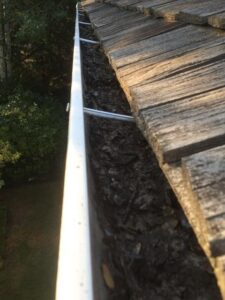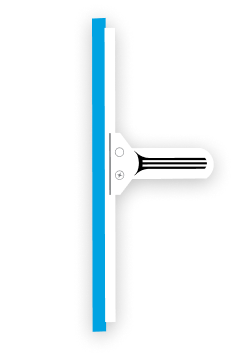Pressure washing seems like the perfect chore for a DIY but there are ways this project can go wrong. Pressure washers are much more than just a powerful hose but it’s not something to take lightly. Pressure washers are very powerful and when used incorrectly can be dangerous and cause damage to your home. When operated safely pressure washers can yield great results for your cleaning project. We will go over some of the ways pressure washing can go poorly and what to avoid below.
1- Safety should always be a top priority. When pressure washing you need to consider how you can perform the project safely. Safety should be considered both before and during the pressure washing project. Protective gear is advised for all operators. Debris should be removed before you begin to keep you safe from flying objects, anything that can easily become dislodged should be secured or removed. Learn about the pressure washer before starting your project, how the nozzle works and the location of the shut off switch are both very important things to know before starting to use the machine. Finally, consider your surroundings at all times to ensure you don’t trip or fall.
2- Pay close attention to the pressure. When starting the pressure washer try and start at the lowest setting and work your way up. Starting at the lowest setting allows you to feel out the machine before you start cranking up the intensity. Starting at a higher intensity may result in damage to your home or even your person if the hose gets out of control. Always start slow and work up from there with the pressure washer to ensure you have a handle on the intensity and can safely operate the machine.
3- Avoid blasting directly into corners of your home. When using a pressure washer you need to avoid blasting the stream into corners because it will direct the flow back at you and can cause physical harm. The water pressure alone can hurt you but any debris may also cause further damage. Even if you are not physically harmed you will end up soaked. Instead of shooting the stream into the corners you will need to use slow even strokes on each side until the area is cleaned to your satisfaction.
- Don’t start with too tight of a pattern. Wide, even strokes are ideal when starting your pressure washer cleaning. Over time you can tighten the strokes and increase the pressure for a deeper clean. The wide, even strokes are safer because the pressure is spread out more and is less likely to damage the finishes on your home.
- Consider electrical hazards. Open electrical boxes or loose connections on the home should be sealed and avoided when pressure washing.If water gets into these it can cause fires and other damage.
- Don’t use just water. When cleaning with a pressure washer you will want to use both water and a cleaning solution for the best results. The pressure washer does a great job removing dirt but adding a solution can really increase the cleaning ability. Many manufacturers recommend a 50/50 ratio of cleaning solution to tap water. When using a cleaning solution your home will often look more rejuvenated and cleaner.
- Don’t clean the windows prior to pressure washing. Cleaning the windows before pressure washing will mean you likely have to clean the windows twice. It’s nearly impossible to keep the windows from getting wet or dirty when pressure washing. The windows will get overspray or dirt on them during the process and look clouded and dingy again. Cleaning the windows after pressure washing is a great way to finalize your outside clean up.
If you are unsure that these different safety concerns are worth DIYing your pressure washing project, a professional pressure washer is a great resource. Pressure washing is a skill and the team at Deans Window Cleaning is experienced in pressure washing all types of structures. We work fast and effectively and can have you home looking great fast. Call today to discuss you window washing and pressure washing projects.







